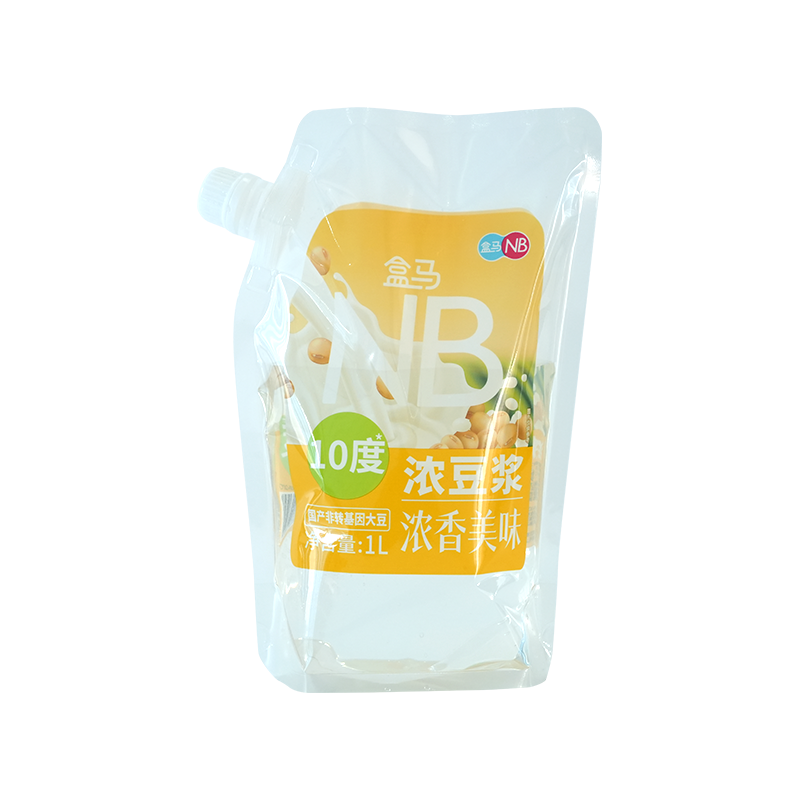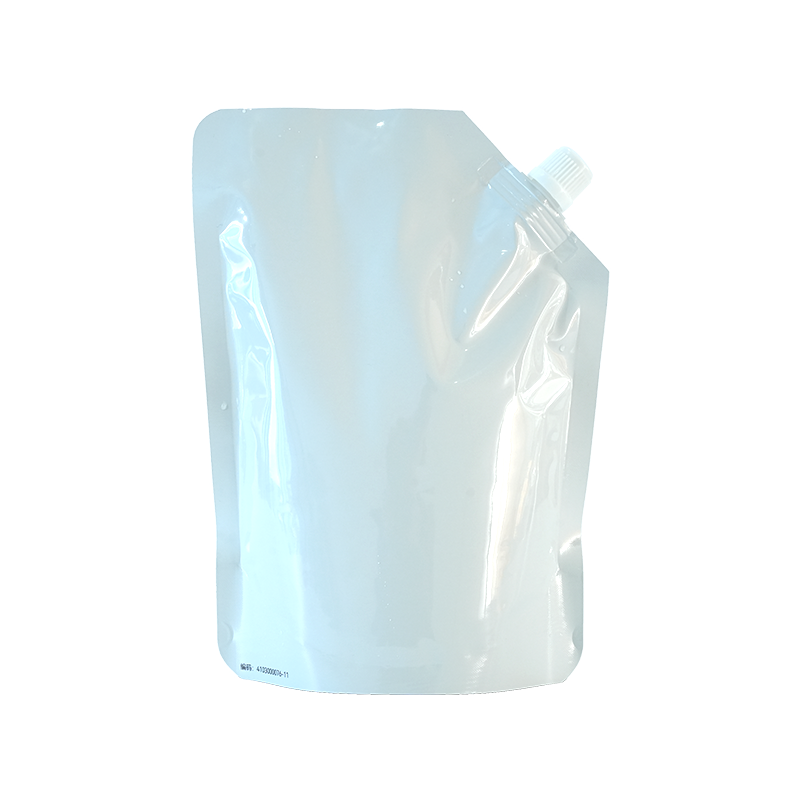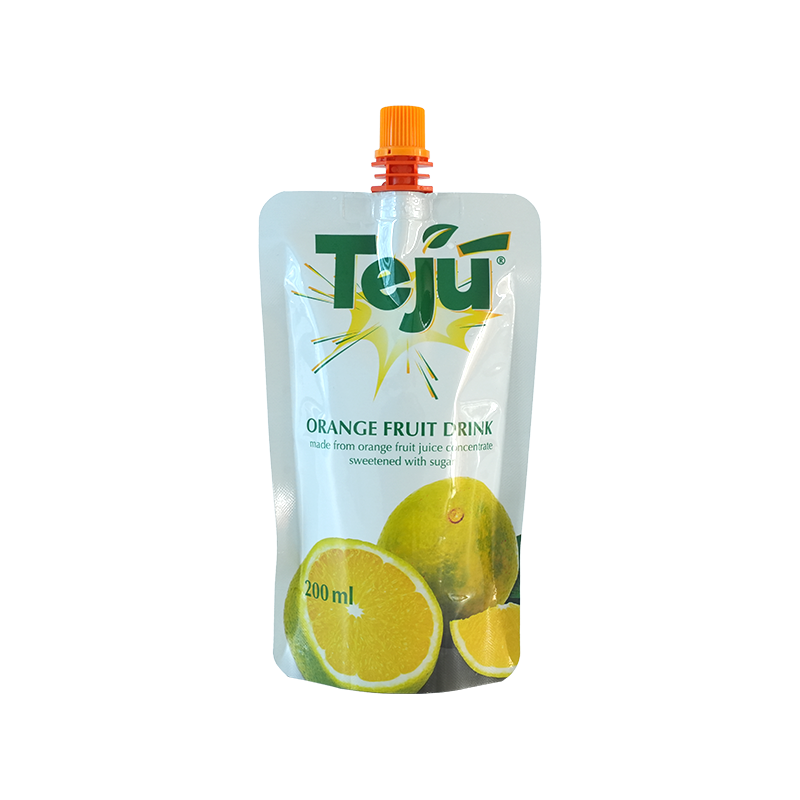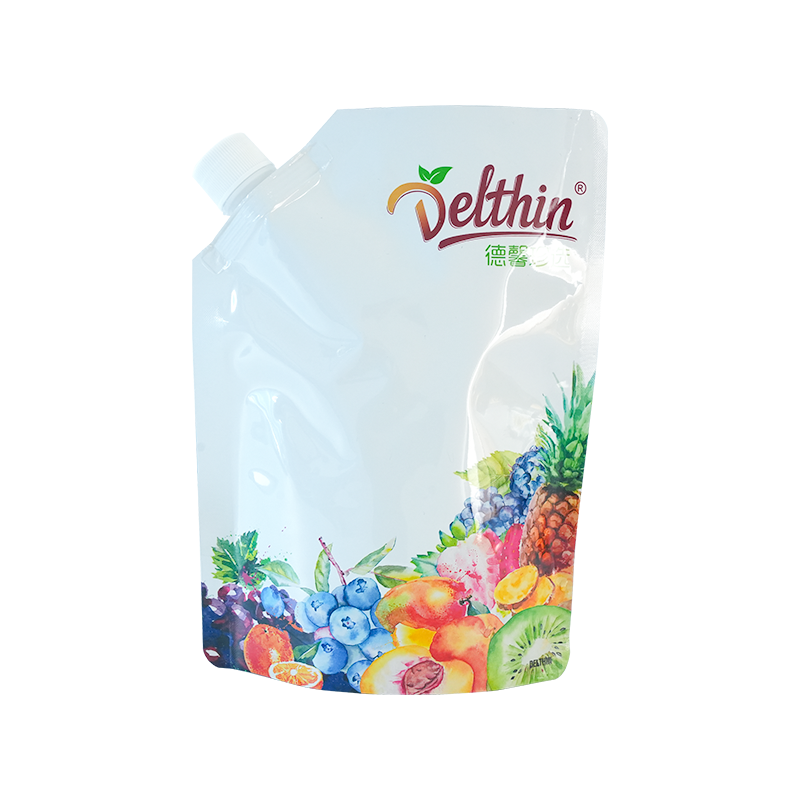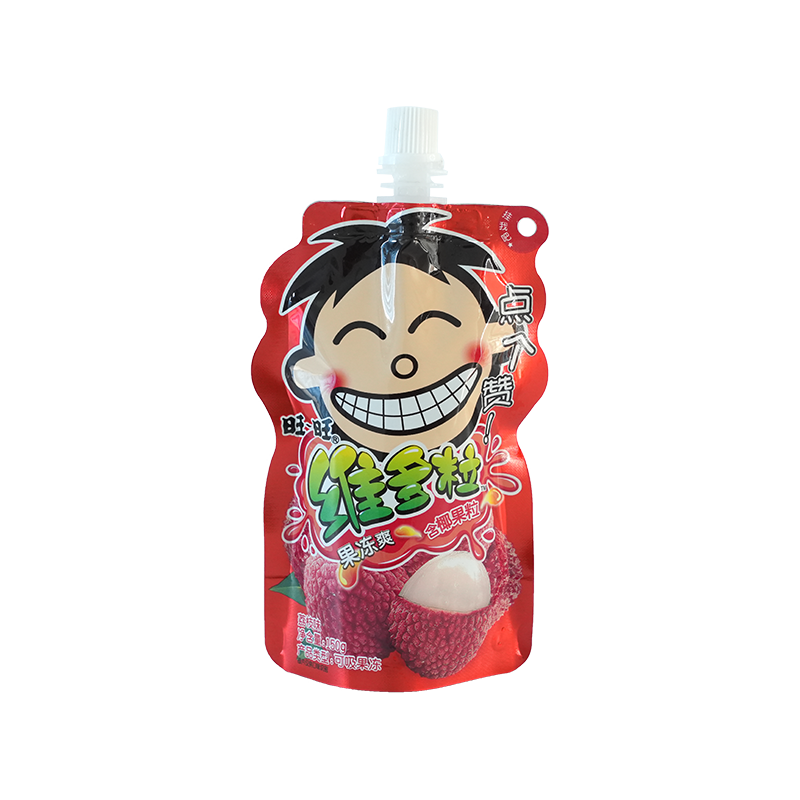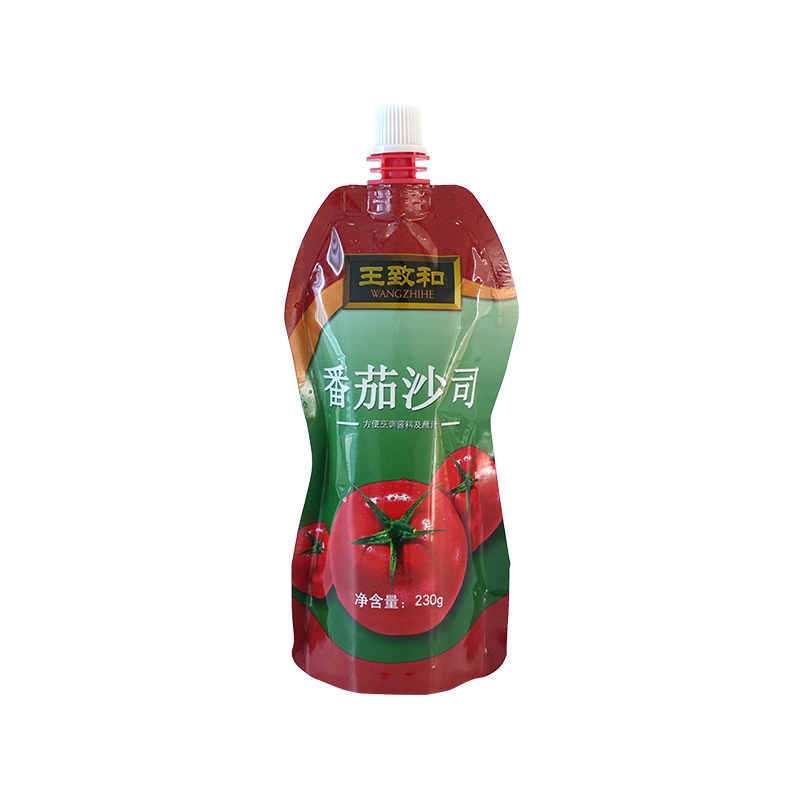In the competitive landscape of food packaging, the choice of sealing film is a critical decision that impacts product integrity, shelf life, consumer experience, and overall brand perception. For manufacturers of jelly desserts, fruit cups, pudding, and other similar products, selecting the right lidding material is paramount. Among the most common options are films based on Polypropylene (PP), Polyethylene Terephthalate (PET), and Aluminum. Each material offers a distinct set of properties, advantages, and limitations.
The primary function of any sealing film is to create a hermetic barrier between the product and the external environment. This barrier serves multiple purposes: it prevents leakage and spillage, protects the contents from contamination by microorganisms, shields the product from degrading factors like oxygen and moisture, and often provides a surface for branding and nutritional information. While all three materials accomplish these basic tasks, the degree to which they excel in each area varies significantly. The decision is not merely a matter of cost but a strategic balance between performance, machinery compatibility, sustainability considerations, and market demands.
Understanding Jelly PP Cup Sealing Film
Jelly PP cup sealing film is widely regarded as the industry standard for a broad range of dairy and dessert applications, and for good reason. As the name implies, it is primarily composed of polypropylene, a versatile thermoplastic polymer. Its popularity stems from an excellent balance of performance, cost-effectiveness, and manufacturability. One of its most notable features is its superior seal integrity when used with polypropylene cups, which are also extremely common. This material compatibility allows for a strong, consistent, and reliable hermetic seal through a heat-sealing process. The bond formed is often so strong that it becomes difficult to separate the film from the cup without a deliberate peeling action, which is a key indicator of effective containment.
The clarity of high-quality Jelly PP cup sealing film is another significant advantage. It offers excellent transparency, allowing consumers to see the product inside clearly. This visual appeal is a powerful marketing tool, as the vibrant colors of fruit jellies, the creamy texture of puddings, and the presence of fruit pieces can be displayed to entice purchases. Furthermore, PP film is generally easy to print on, enabling manufacturers to achieve high-quality, colorful designs for branding and labeling directly on the lid. In terms of barrier properties, standard PP film provides adequate protection against moisture loss, which is crucial for maintaining the desired texture and weight of jelly products. However, its barrier against oxygen is moderate. For products with shorter shelf lives or those containing natural preservatives, this is often sufficient. For extended shelf life, high-barrier PP films with additional coatings can be utilized.
From a production standpoint, Jelly PP cup sealing film is compatible with most standard automatic cup sealing machines. It runs efficiently at consistent temperatures, contributing to high line speeds and reduced downtime. Its inherent flexibility and good puncture resistance help minimize issues like wrinkling or breaking during the high-speed application process. When considering cost-effectiveness, PP film often presents the most economical option, offering a reliable performance at a competitive price point, which is a crucial factor for high-volume production runs.
The Characteristics of PET Sealing Films
Polyethylene Terephthalate (PET) sealing films represent a step up in certain performance characteristics, particularly concerning clarity and rigidity. PET is the same material used to make clear plastic beverage bottles, and it brings similar properties to sealing films. The most immediate difference between PET and PP is the exceptional clarity and high gloss finish of PET films. They offer a crystal-clear, “window-like” view of the product, which can enhance premium perception. The material is inherently stiffer and provides a more rigid feel, which some consumers associate with higher quality.
The barrier properties of PET are generally superior to those of standard PP. PET films offer a better oxygen barrier, which helps to slow down oxidation processes that can lead to flavor degradation, color changes, and spoilage. This makes PET a strong candidate for products that are more sensitive to oxygen or are designed for a slightly longer shelf life. Like PP, PET films can also be coated or metallized to further enhance their barrier properties, pushing their performance closer to that of aluminum composites without sacrificing transparency.
In terms of machinery compatibility, PET films can be run on standard sealing equipment, but they often require adjustments to the heat-sealing parameters. PET has a higher melting point than PP, meaning the sealing jaws may need to operate at a higher temperature to achieve a proper seal. This necessitates careful calibration to ensure a strong seal without causing distortion or burning. The higher rigidity of PET can be a double-edged sword; while it feels premium, it can sometimes be less forgiving on filling and sealing lines if the film is not handled precisely. From a cost perspective, PET sealing films are typically more expensive than their PP counterparts. The raw material costs are higher, and the potential need for machine adjustments can add to the operational expense. Therefore, the choice for PET is often driven by a specific marketing need for superior clarity or a technical requirement for enhanced oxygen barrier in a transparent format.
The Role of Aluminum Sealing Films
Aluminum sealing films, more accurately described as laminates that contain a thin layer of aluminum foil, represent the gold standard in barrier protection. These films are engineered composites, typically consisting of layers of polyester (PET), aluminum foil, and polypropylene or polyethylene. Each layer serves a purpose: the PET provides structural integrity and printability, the aluminum foil provides the unparalleled barrier, and the inner PP or PE layer allows for heat sealing to the cup. The single most defining characteristic of these films is their complete impermeability to light, oxygen, and moisture.
This absolute barrier makes aluminum laminates the undisputed choice for products requiring the longest possible shelf life or those that are extremely sensitive to environmental factors. While perhaps less common for standard jellies, they are essential for products containing sensitive vitamins, probiotics, or certain natural colors that would degrade quickly when exposed to light or oxygen. The aluminum layer ensures that the product’s flavor, aroma, and nutritional profile remain intact from the day it is packaged until the day it is opened by the consumer.
The primary trade-off for this superior protection is the complete opacity of the film. The product remains entirely hidden from view, which means brands must rely entirely on the printed surface of the lid to communicate with and attract consumers. This requires high-quality, attractive printing to compete with the visual appeal of transparent lids. From a machinery perspective, aluminum laminate films are perfectly compatible with standard sealing equipment and are known for their consistent and reliable runnability. However, a key consideration for consumers is the peeling experience. The foil is easy to grip and peel back, but it cannot be resealed. In terms of cost, these high-performance laminates are the most expensive option among the three, reflecting the complex multi-layer structure and the cost of the raw aluminum material.
Comparative Analysis: A Side-by-Side Evaluation
To facilitate a clear understanding, the following table summarizes the core differences between PP, PET, and Aluminum sealing films across critical decision-making parameters.
| Parameter | Jelly PP Cup Sealing Film | PET Sealing Film | Aluminum Sealing Film |
|---|---|---|---|
| Primary Composition | Polypropylene | Polyethylene Terephthalate | Multi-layer laminate (PET/Aluminum/PP) |
| Clarity & Appearance | Very good transparency | Excellent, crystal-clear clarity | Opaque (full light barrier) |
| Barrier Properties | Good moisture barrier, moderate oxygen barrier | Good moisture barrier, better oxygen barrier than PP | Exceptional barrier to oxygen, moisture, and light |
| Seal Integrity | Excellent, especially with PP cups | Very good, may require higher seal temperatures | Excellent and consistent |
| Shelf Life Suitability | Short to medium | Medium | Long to very long |
| Machinery Compatibility | Excellent, runs well on standard equipment | Good, may require parameter adjustments | Excellent, runs well on standard equipment |
| Printing & Branding | Easy to print, good quality | Easy to print, high-gloss premium finish | Easy to print, but is the only branding surface |
| Consumer Experience | Easy peel, clear product view | Rigid feel, premium look, clear product view | Easy to peel, but product is hidden |
| Cost Consideration | Most cost-effective | Moderate to high | Highest |
This comparison highlights that there is no single “best” option. The optimal choice is entirely dependent on the specific product’s requirements. A Jelly PP cup sealing film is the ideal all-rounder, offering a reliable seal, good clarity, and excellent value for high-volume, short-to-medium shelf-life products. PET film is the preferred choice when marketing demands the absolute best transparent presentation or when a product needs a better oxygen barrier than standard PP can provide without moving to a fully opaque lid. Aluminum laminate film is the technical solution for maximum protection, chosen for its unmatched ability to preserve product quality over extended periods, justifying its higher cost for specific, often premium, applications.
Making the Informed Choice: Key Selection Criteria
The data from the comparative analysis must be applied to a practical decision-making framework. Buyers and product managers should consider the following key questions when selecting a sealing film:
1. What is the required shelf life of the product? This is often the first and most decisive question. For products with a shelf life measured in weeks, a Jelly PP cup sealing film is typically sufficient. For those requiring months of stability, the enhanced barrier of PET or the absolute protection of aluminum becomes necessary.
2. How oxygen-sensitive is the product? Ingredients like certain vitamins, natural colors, and delicate flavors are highly susceptible to oxidation. If a product contains these, the superior oxygen barrier of coated PET or aluminum is a critical investment to prevent spoilage and maintain quality.
3. Is product visibility a key marketing element? For impulse buys or products where visual appeal (e.g., layered desserts, fruit pieces) is a major selling point, the clarity of PP or PET is non-negotiable. If the brand strength is built on trust and messaging rather than visual appeal, aluminum foil provides a superb canvas for high-impact printing.
4. What is the material of the cup? Achieving a strong seal relies on material compatibility. Jelly PP cup sealing film bonds most effectively with PP cups. Using a PP film on a PET or PLA cup may require special treatments and validation to ensure seal integrity.
5. What are the capabilities of the filling and sealing machinery? It is essential to confirm that existing equipment can handle the chosen film at required line speeds. While all three types are generally compatible, the need for different heat settings, especially for PET, must be factored into operational planning.
6. What is the overall cost-in-use? The decision should not be based solely on the per-roll cost of the film. One must consider the total cost, including potential line efficiency, reduction in product spoilage and returns, and the marketing value of the package. A slightly more expensive film that drastically reduces spoilage rates can be far more cost-effective in the long run.
By systematically evaluating these criteria against the detailed properties of each film type, manufacturers can move beyond a simple price comparison and make a strategic choice that safeguards their product, supports their brand, and optimizes their production process.

